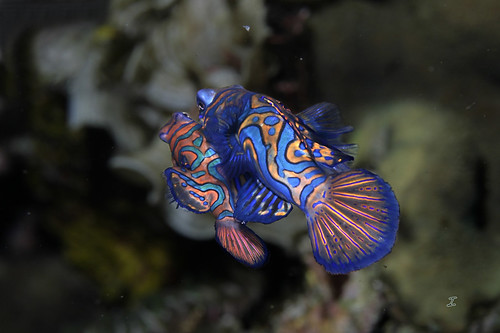



This shark is actually extinct, so don't worry about crossing its path, unless you plan on getting in a time machine. I've debated whether or not to ever post extinct species, largely because of the forgotten diversity of things alive today, but I thought this would be a good one to post, if I ever broke that.
Very little is known about them -- they aren't really even sure what the shark looks like. Just know it is a shark and it has spiraled teeth. It may have looked nothing like a regular shark though, scientists are just guessing.
Their fossils are found in Utah, Idaho, and occasionally Wyoming and are about 280 million years old.
At first, scientists thought they were a tentacle of a sort for some strange animal, but then found several examples of this perfect form. Prompting them to believe it to be a structure. Under further investigation, turns out to be a row of shark teeth -- you might wonder, how are the inner teeth effective? They're just replacements. Only the top of the spiral is exposed, and when worn, the new teeth spiral in. Modern sharks have a similar mechanism, but rather than one spiral, the entire row of teeth swaps out (human teeth grow from under and push the others out, sharks rows of teeth rotate in).
What a bizarre shark.













